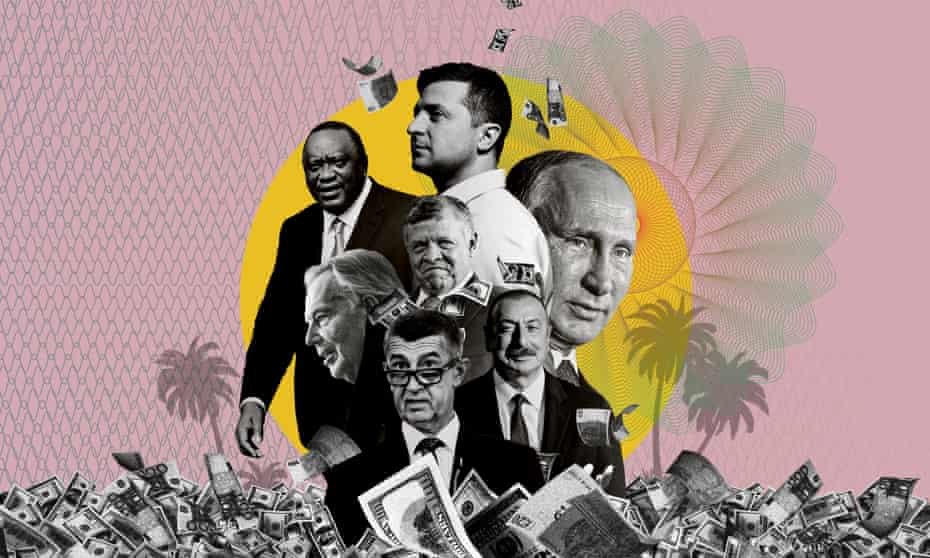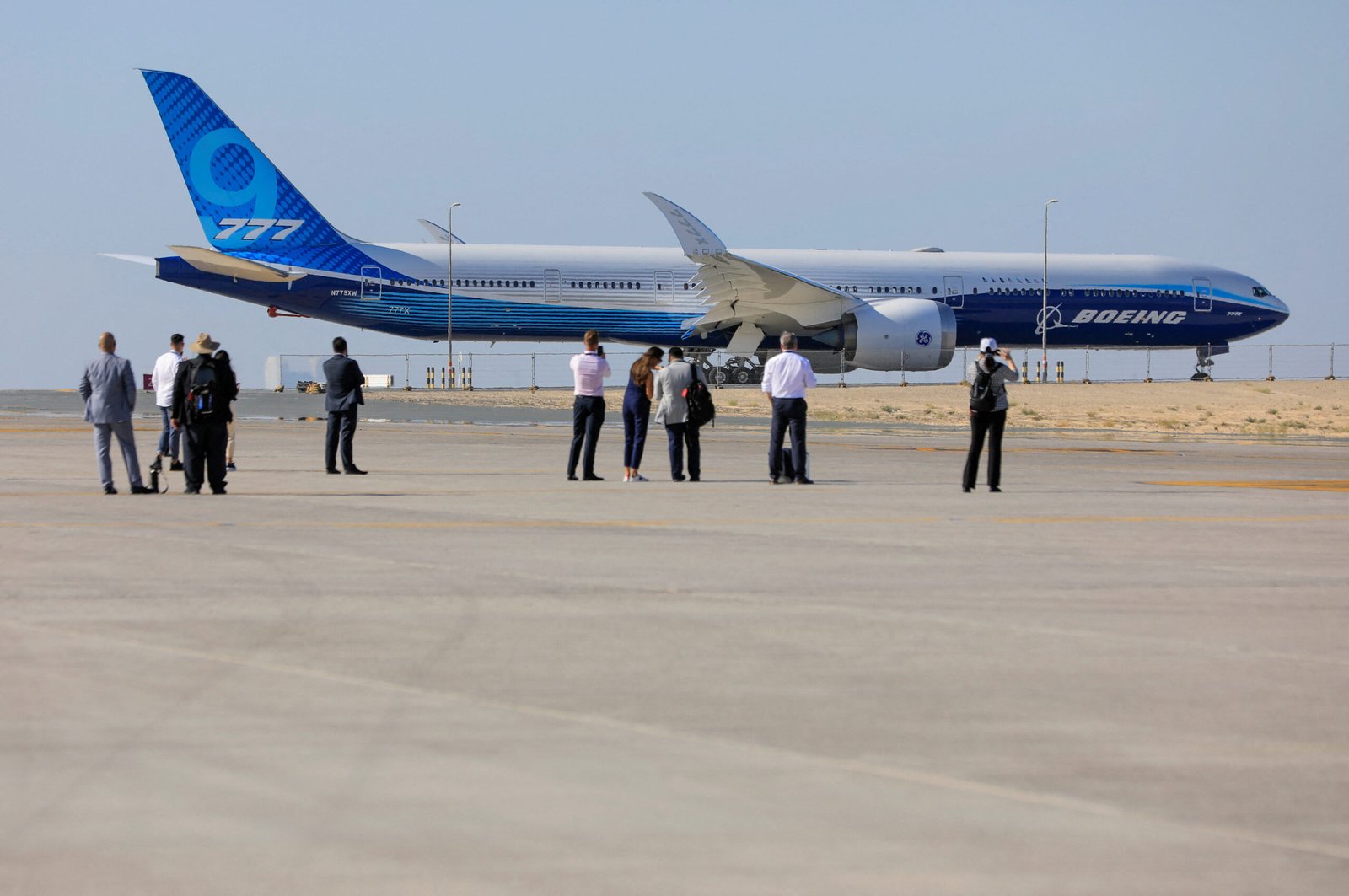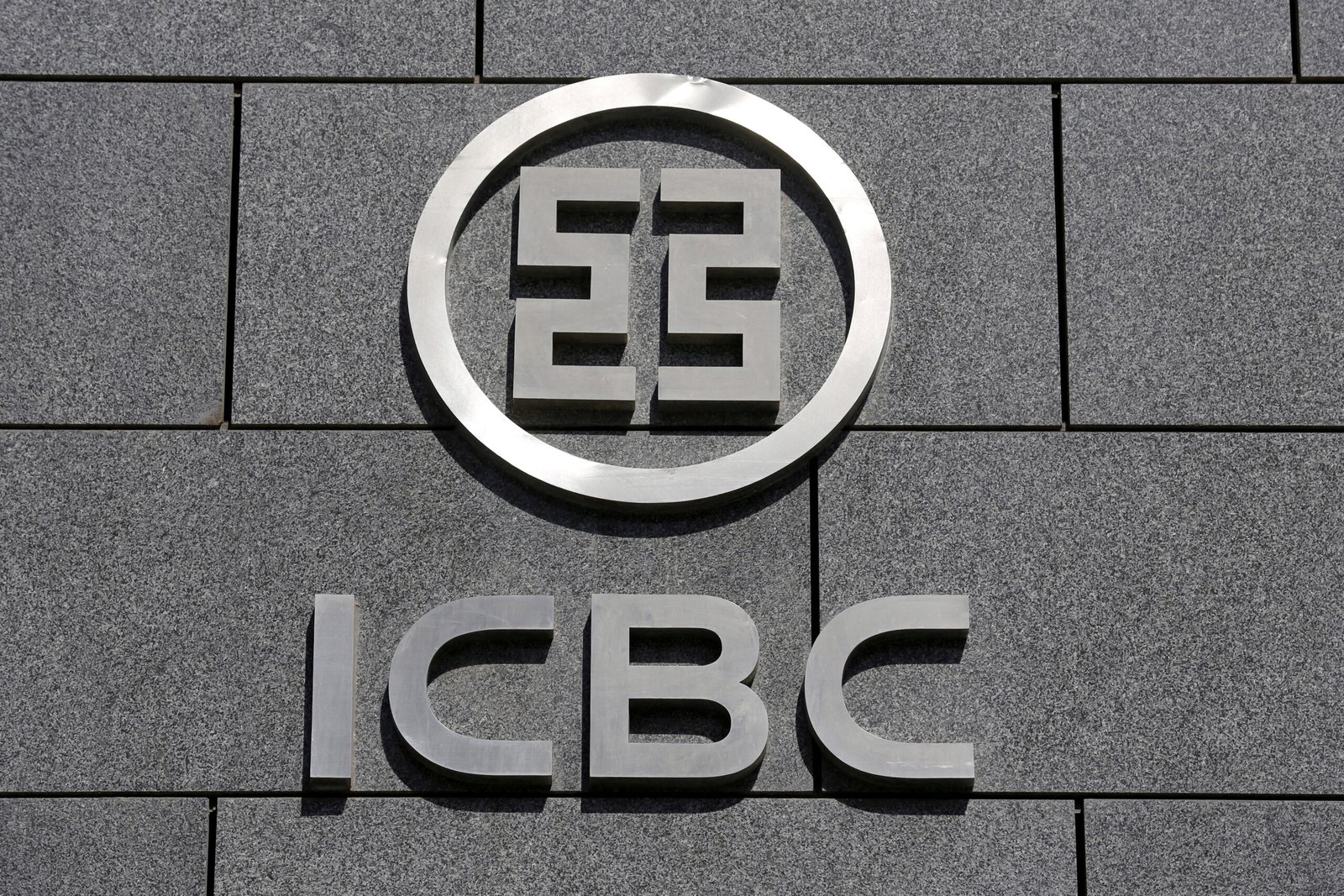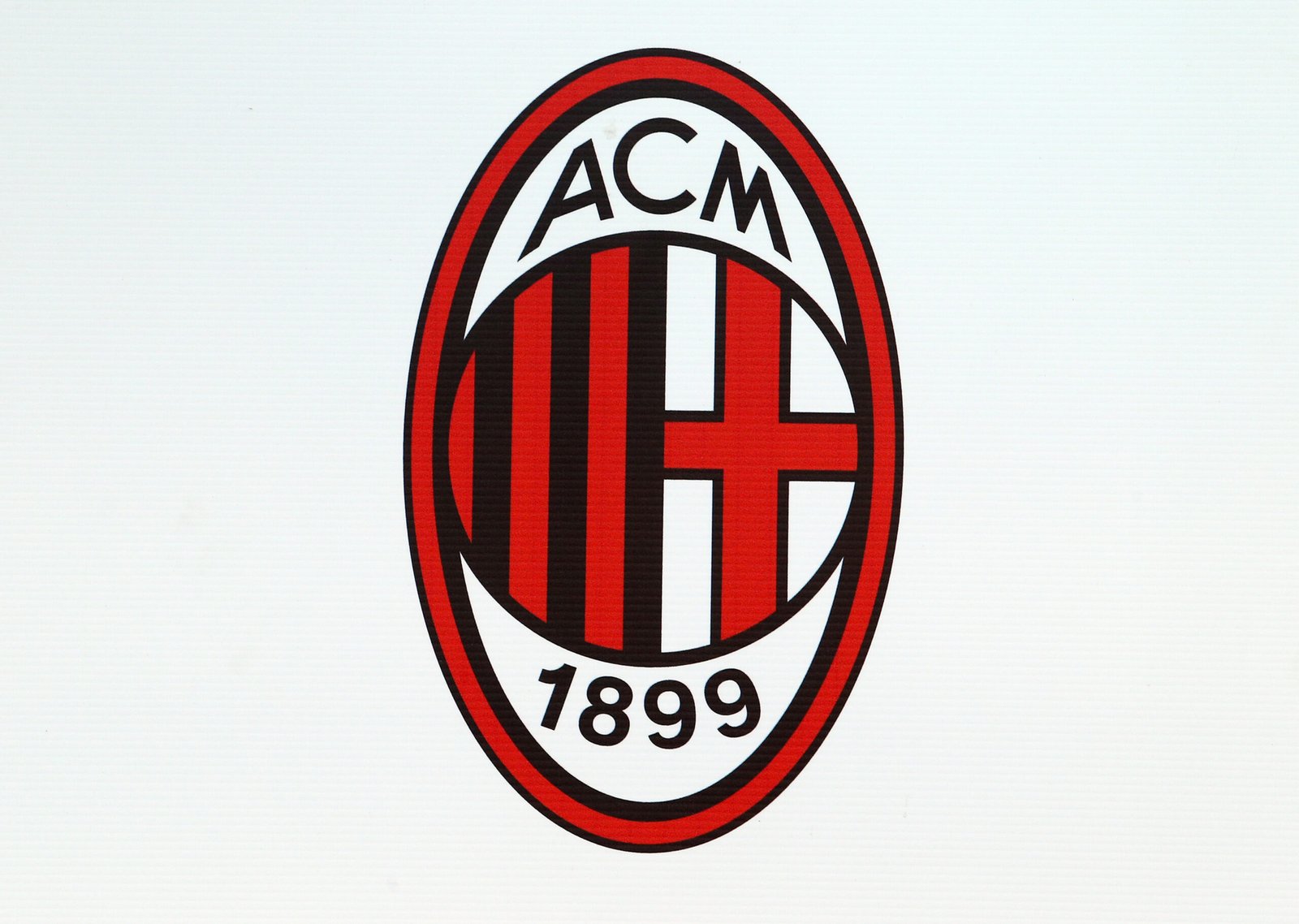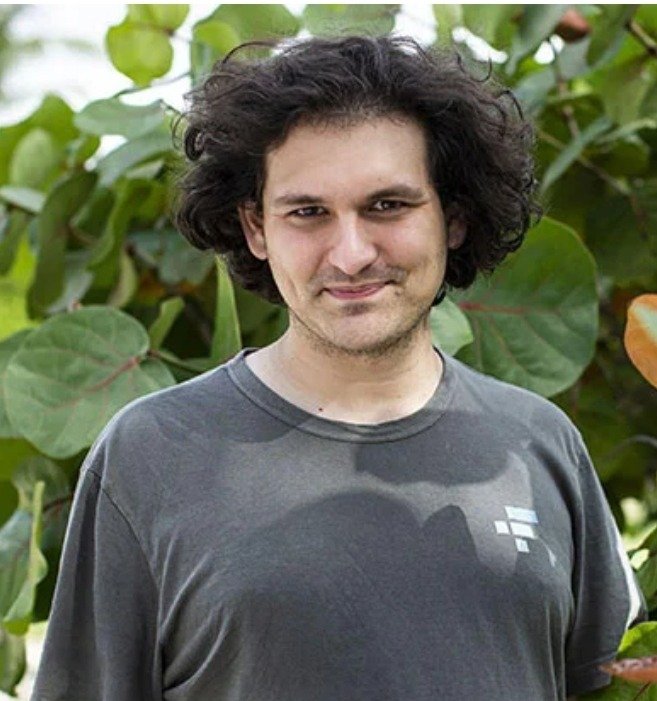Most eateries in Miami have a Latin American influence. For example, fish tacos are on almost every seafood restaurant’s menu. On Biscayne Boulevard, there’s even a Jewish bakery called El Bagel, which serves jalapeos and guava among standard toppings like lox and whitefish salad.
However, Miami has a huge selection of traditional Latin American and Latin-fusion restaurants, ranging from Cuban cafeterias to high-end Peruvian-Japanese cuisine. There’s also a trendy Latin American culinary scene, with hand-pounded tortillas, vegan arepas, and artisanal Miami-Cuban ice cream being served by a new generation of entrepreneurs. Any self-respecting Miami foodie can now distinguish between tostones and maduros.
The Latin cuisine available in Miami reflects the city’s demographics. According to the most recent census, 73% of Miami-Dade residents identify as “Hispanic/Latino,” with 66% saying they speak Spanish at home.
As a result, Latin Americans may purchase things they grew up in Miami: Peruvians drink electric-yellow Inca Kola, Argentines compete to produce the best alfajores pastries, and Venezuelans purchase Cocosette chocolate wafers and queso de mano, a soft white cheese.
Because Cubans were the first Latin Americans to arrive in Miami in large numbers, Cuban restaurants provided comfort food to exiles in the decades following the 1959 revolution: steaming plates of dishes like ropa vieja (“old clothes” — shredded beef and vegetables), arroz con pollo (chicken and rice), Moros y Cristianos (“Moors and Christians”), and rich desserts like tres leches (“three milks”), made from sweetened condensed milk, evapor These were served at family-style restaurants or Formica counters with menus printed on paper tablecloths and pre-revolutionary Cuban pictures adorning the walls. A waitress would frequently approach and say “dime” — “tell me.”
Violent cold war battles in Central America in the 1980s drew people from other countries — and their cuisines — to Miami. Julio Somoza co-founded Los Ranchos Steakhouse near Miami International Airport a few years after Nicaraguan President Anastasio Somoza Debayle was deposed by the Sandinistas and escaped to Miami Beach on a Learjet. It expanded to include numerous family-friendly, large-portioned locations in nearby shopping malls. Los Ranchos continues to serve its unique beef tenderloin marinated in Chimichurri sauce and Gallo pinto, Nicaragua’s signature mix of onions, beans, and rice, despite Julio’s subsequent imprisonment for tax violation.
The local Latin eating scene was then raised in 1989 by a young Miami restaurateur called Douglas Rodriguez, the son of Cuban immigrants. In tony Coral Gables, he founded YUCA, a sleek, upmarket Cuban restaurant that serves lighter Nuevo Cubano cuisine. (“Yuca” refers to both the common, starchy Cuban root vegetable and the Miami counterpart of the yuppie, Young Urban Cuban Americans.)
Some Miami restaurants are modeled after well-known Latin American cuisines. For example, Yony Moy, a Venezuelan whose grandparents moved from Canton to Venezuela, launched Qianlong, a Miami-Dade counterpart of his father’s famed Chinese restaurant in Caracas, in 2007. According to reports, El Palmar, the original Caracas location, served Peking duck to Venezuelan leaders, including Hugo Chávez, in the early years of his presidency.
A number of smaller countries have banded together. For example, Mi Tierra Las Americas, a Bolivian restaurant in Little Havana, also provides Honduran and Peruvian cuisine (but the salteas, Bolivia’s version of empanadas, are the most popular).
There are a limitless number of restaurants to try in Miami, with new one’s opening (and others closing) all the time. Here are a few of the best venues to sample Miami’s Latin American cuisine, organized by national cuisine.
Cuba
It’s hard to list all of the Cuban restaurants in Miami-Dade, the metro area that encompasses the city. 75 percent of residents in working-class Hialeah are Cuban, and many of the restaurants are as well. However, Little Havana, located west of downtown, is the symbolic heart of Cuban Miami. Many people are now from Central America, despite generations of Cubans residing here upon their arrival in Miami. In 2017, the National Trust for Historic Preservation designated the neighborhood as a “National Treasure” in recognition of its significance.
SW Eighth Street in Little Havana’s major thoroughfare, which even Miami’s gringos refer to as “Calle Ocho.” Little Havana stretches roughly north to the Miami River, west to NW 37th Avenue, and east to the I-95 highway. The tourist sector of Calle Ocho is located around SW 15th Avenue, while Little Havana extends roughly north to the Miami River, west to NW 37th Avenue, and east to the I-95 highway. Small, colorful single-family homes line the side streets, many with characteristic Cuban-style rejas, wrought-iron security grills on the windows.
Parts of Little Havana resemble a 1950s Cuban theme park. Visitors arrive by bus to purchase Central American cigars and pleated guayabera shirts and watch older men play dominoes in Máximo Gómez Park, which is named for a 19th-century Dominican who fought for Cuba’s independence from Spain. However, thanks partly to the children and grandchildren of Cuban immigrants who have stepped in to revitalize the area, it is also feasible to have a culturally (and culinarily) rich experience here.
Signing up for a 2.5-hour Little Havana Food and Cultural Tour ($59.99 for adults, $49.99 for children) is one way to do it. The tour includes a Cuban sandwich, guarapo juice (made from squeezed sugarcane) at Los Pinareos Fruteria, and a stop at Azucar Ice Cream Company, which was started by a former banker Suzie Batlle in 2011. Flavors include platano maduro (sweet plantain) and Abuela Maria, a mix of vanilla ice cream, guava, crumbled cookies, and bits of cream cheese inspired by Batlle’s Cuban grandmother’s ice cream.
Coffee
Coffee is an important part of the Cuban diet, particularly dark-roasted, bitter espresso with sugar, served in ventanitas, large serving windows constructed into the sidewalls of low-key Cuban eateries.
Ventanitas may be found all across Miami, particularly along 17th and 27th Avenues, which branch out from Calle Ocho. Locals, both Cuban and non-Cuban, come in at all hours of the day for both the caffeine and the socializing. Forget Italian coffee jargon: a single-shot black cafecito; a cortadito — espresso with a dash of milk; a very milky café con Leche; or a colada — black coffee served in a giant styrofoam cup with tiny plastic cups so you may pass shots around to friends — are all acceptable options. (Unless you mention “sin azucar,” the waitress will spoon sugar into all of these orders.) You won’t find high-end prices here: a cafecito would set you back approximately $1.
Enjoy your coffee with a sticky guava y queso pastelito de guayaba y queso, a layered pastry packed with guava pulp and sweetened cream cheese that is occasionally warm. Then lean against the Ventana’s ledge and listen in on some local gossip.
Enriqueta’s, a favorite hangout for the creative and working classes in Wynwood, Miami’s colorful artists’ neighborhood, is a little further out. It’s known for its Cuban sandwich, which consists of a stack of ham, roast pork, Swiss cheese, mustard, and pickles on crusty Cuban bread flattened in a sandwich press. The medianoche, its cousin, has the same components but is baked in a sweeter, brioche-style bread. Because the post-clubbing crowd commonly consumes it, “medianoche” implies “midnight,” but not at Enriqueta’s. Instead, the café is open from 7 am to 3 pm, serving construction employees before they leave to build condominiums (2 pm on Saturdays; closed Sundays).
Dining
El Palacio de Los Jugos (“The Palace of Juices”), which first opened in 1977 and now has locations throughout the city, is a huge, humid, real Miami-Cuban experience. I like the original location near the airport on 57th Avenue and Flagler, where businesspeople flock for the $6.42 lunch special served cafeteria-style from massive troughs. El Palacio is famous for its chicharrones, or fried pork belly rings. But it’s the fresh juices and batidos — Cuban smoothies prepared with milk and exotic fruits like mango and mamey, a hybrid between sweet potato and papaya — that draw me in. They serve coffee, of course, and are open from 6 am until 9 pm every day.
Café La Trova, a recent, upmarket arrival created by Cuban bartender Julio Cabrera and local celebrity chef Michelle Bernstein, is a bit closer to downtown on Calle Ocho and at the other end of the eating range. Live Cuban dance music is played, and excellent cocktails are shaken right in front of your eyes by one of the cantineros (I had the classic daiquiri with rum, sugar, and lime juice). Maine lobster croquetas and free-range arroz con pollo are among the tasty twists on classic Cuban dishes on the menu.
Venezuela
Venezuelans have only lately arrived in Miami; thus the Venezuelan cuisine scene is constantly evolving. For the time being, the most exciting cuisine comes from young Venezuelans who have grown up with the fresh-and-fast street-food concept. They’ve taken to the modest arepa, a white cornmeal patty to which shredded chicken, black beans, cheese, avocados, and just about anything else may be added.
Colombians and Venezuelans have long fought about who makes the best arepas. Colombian varieties are yellower, sweeter, and packed with cheese, and are frequently had for breakfast. The Venezuelan version is white, thicker, and blander than the American version, but in a pleasant way, and is frequently eaten with savory foods.
Doggi’s Arepa Bar, a three-location fresh-fast-food joint, sells arepas stuffed with chicken or marinated churrasco, as well as avocado, fried plantains, rice, and beans. Pabellón criollo, Venezuela’s national cuisine of shredded beef, fried plantains, beans, and rice, is also available.
Doggi’s tequeos – finger-sized fried flatbread packed with cheese — are served on the side. (“If you’re on a diet and they pass the tequeos, you’re going to take one,” said the Venezuelan grandmother with whom I dined.) . Doggi’s also sells raw ingredients like queso de mano, but serious Venezuelan cooks prefer to order from Zerpa’s in Doral, which has a bigger assortment.
La Latina, on a peaceful, leafy street just south of the posh Design District, is another trendy and wonderful arepas destination. It is furnished with colorful plastic-coated fabrics and was opened by young Venezuelan-American entrepreneur Alejandro Diaz (who was busy presenting a table full of investors when I went). Its “classic Venezuelan comfort food” includes a large selection of arepas, many of which are vegetarian.
Mexico
Despite the fact that there are very few Mexicans in Miami, tacos are now omnipresent. There are a few that stand out. For the drinks crowd at The Anderson, a vintage indoor/outdoor bar and live-music lounge on NE 79th Street, proprietor Ken Lyon creates his yellow and blue-corn tortillas from scratch. Try the taco pato confitado with preserved duck, roasted pumpkin, and pickled red onions at his El Toro Taco Bar, one of the stations within The Anderson. Follow it up with a Madre mescal margarita.
If you’re at Miami Beach, travel along the boardwalk until you reach Taquiza’s North Beach location, where braised beef tacos are flavored with cumin, chili, and Modelo Negra beer. Serve them alongside Taquiza’s take on the Mexican street food elote, which consists of roasted corn on the cob coated in coriander-jalapeo cream and cotija cheese.
Peru
Miami now has Peruvian restaurants at every price bracket, thanks to an abundance of fresh seafood and a booming Peruvian population. Everyone I meet has a different favorite.
Cvi.che 105, a casual restaurant brand, has four locations (including one on Lincoln Road, the pedestrian shopping street on Miami Beach). The restaurant serves dependable ceviche and a memorable foamy passion-fruit pisco sour, which has become a Miami staple. Juan Chipoco, chef-owner of Cvi.che 105, likes to narrate his origin story: he was an immigrant from Lima who worked his way up from dishwasher. He now runs a modest ceviche empire, which includes Intimo, an exquisite Peruvian-Japanese restaurant on Miami Beach’s southern edge (reservations recommended), which he inaugurated in 2019.
I avoided La Mar by Gastón Acurio at the Mandarin Oriental on Brickell Key because it appeared too posh and not ethnic enough. I was amazed when I eventually dined there: it’s the undisputed star of Miami’s Peruvian food. While toned joggers circle the island and the sun sets over downtown, sit on the expansive terrace and enjoy the wonderful leche de tigre (the liquid that marinates fish for ceviche).















